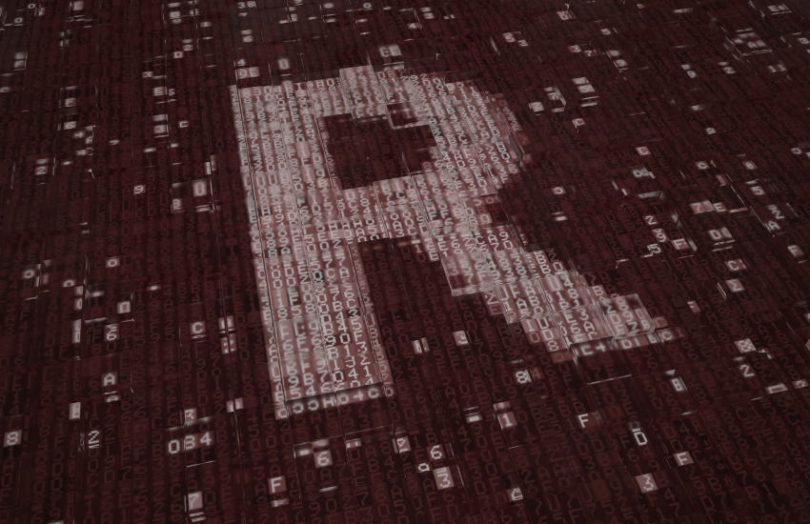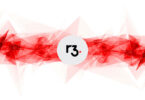Today the South African Reserve Bank (SARB) announced the results of its second wholesale or interbank central bank digital currency (CBDC) trial, Project Khokha 2, which commenced in February 2021. The Proof of Concept involved the issuance of both a wholesale CBDC (wCBDC) and a commercial bank money stablecoin (wToken) backed by central bank deposits, creating a synthetic CBDC.
The central bank also participated in the recent multi CBDC trial, Project Dunbar, alongside the central banks of Singapore, Malaysia and Australia.
In the words of SARB governor Lesetja Kganyago, the goal of the Khokha 2 project was to test ‘fit-for-purpose’ money for the settlement of tokenized digital assets, in this case, a government bond security token. A wholesale CBDC enables riskless payment, which combined with a tokenized security and delivery versus payment, reduces market risk.
However, the research didn’t draw strong conclusions. “Since DLT-based innovation is still quite nascent, it is difficult to reach definitive conclusions on its potential implications,” said Kganyago. However, if a wCBDC existed, he does not see the need for a synthetic CBDC.
Interoperability concerns
One of the report’s main findings was on moving a CBDC between networks. There was one network where the wCBDC was issued and a second one – the Khokha Hub, where the wToken and tokenized bond were issued and traded. A bridge was used to port the wCBDC to the second network to settle the primary bond issuance transaction.
The central bank was concerned that porting resulted in a separation of the legal and operational settlement. Legal settlement has to take place on a designated settlement system, which the wCBDC network could be in the future. But the stock settlement happens on the second network.
Additionally, there were questions about the technical risks of porting the CBDC and the ability of the central bank to have sufficient control once the token is on a secondary network.
Views on a tokenized security market
In the case of the second network, the Khokha Hub, this enabled several sets of functionality, including trading, acting as a central securities depository (CSD), settlement of the security tokens, and some elements of the payment settlement. The central bank observed that by using blockchain, multiple market infrastructures were collapsed into one.
“Based on the PoC, although the number of operators could potentially be reduced, the roles and functions did not disappear and therefore existing regulatory frameworks would still apply,” said the report. However, it also observed that some current regulations would not cater to these changes.
Accenture and Block Markets Africa (BMA) were the technology partners, with Deloitte providing support. The wCBDC network used the R3 Corda enterprise blockchain, whereas the Khokha Hub used BitFair based on Cosmos blockchain technology. South Africa’s Johannesburg Stock Exchange (JSE) participated alongside four banks, Absa, FirstRand, Nedbank and Standard Bank.
Next steps
A number of possible options were identified as a roadmap.
These include:
- an extended acceleration DLT platform for market participants to explore DLT
- a new pilot phase of live transactions for Khokha in a sandbox
- additional cross border experiments: either an extension of Project Dunbar or involvement with the South African Development Community
- desktop research on the policy and regulatory response for potential DLT driven financial markets






